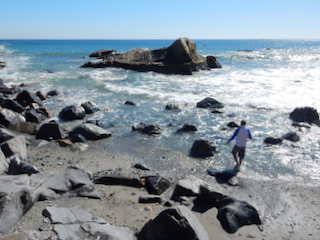
-
| 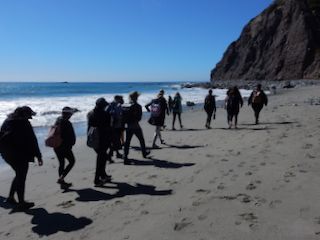
-
| 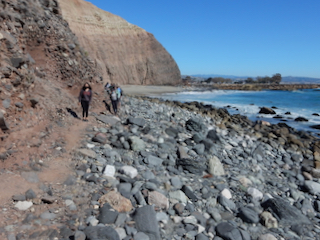
-
|
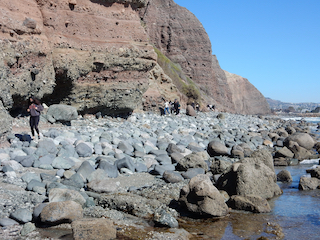
-
| 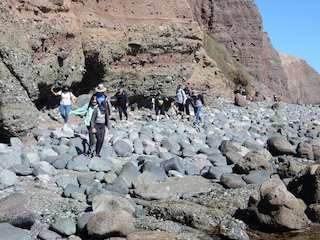
-
| 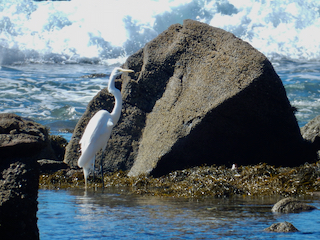
Ardea alba or great egret
|
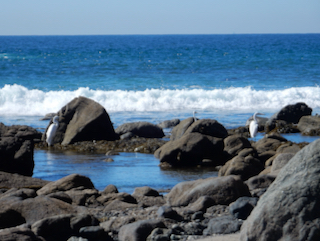
-
| 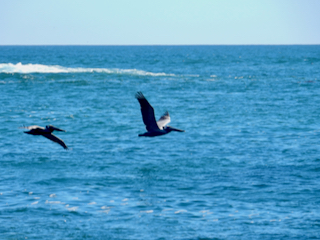
Pelecanus occidentalis or brown pelican
| 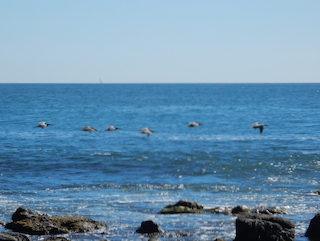
-
|
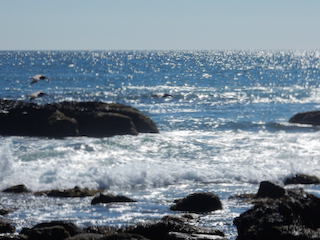
-
| 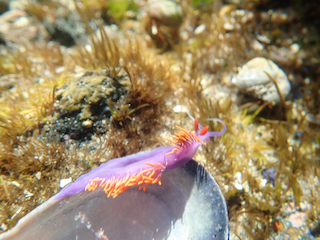
Flabellinopsis iodinea, the Spanish shawl nudibranch, gets its striking colors from its selective diet of hydroids.
According to the source (1), its purple body, orange cerata, and red rhinophores all are due to astaxanthin, a carotenoid pigment it gets from its
hydroid prey, Eudendrium ramosum. (1) Sea Slug Forum
| 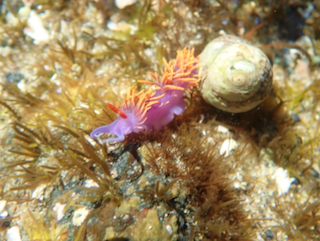
-
|
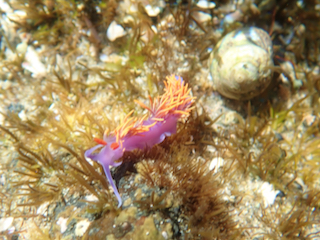
-
| 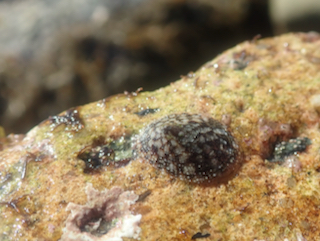
This juvenile limpet was only identified to genus: Lottia sp. - the side of the
foot was not dark as would be expected for (adult, at least) L. limatula (file limpet).
| 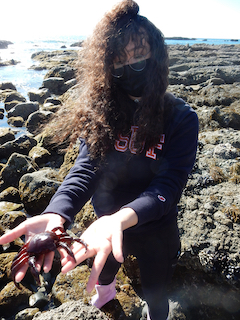
-
|
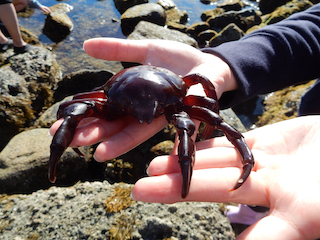
Molt of a globose kelp crab, Taliepus nuttallii.
| 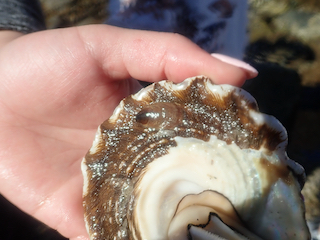
-
| 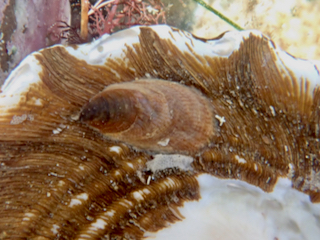
Crepidula onyx (onyx slippersnail) is a suspension feeder that is common in southern California,
attached to rocks or other snails, such as the underside of this large Megastraea undosa (wavy turban snail).
|
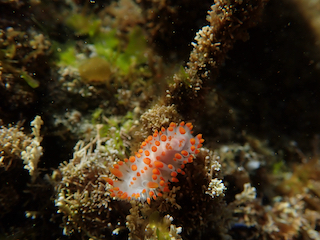
Limacia mcdonaldi, a colorful nudibranch sea slug only recently
named (Sources 1-3) to honor sea slug guru, Gary McDonald, whom I knew well during my days at UC Santa Cruz. Thanks to Greg Jenson and
others for helping me identify it.
(1) Original description by Uribe et al., 2017 -
(2) David Behrens with images by Kevin Lee at The Slug Site 2017 -
(3) UC Santa Cruz News Story 2017
| 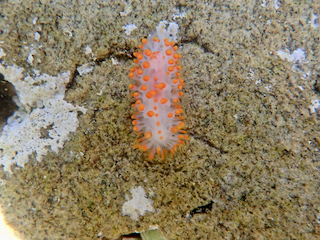
The single line of orange tubercles down the center of the notum,
and the orange (not red) rhinophores are diagnostic in distinguishing it from its more northern relative, L. cockerelli.
| 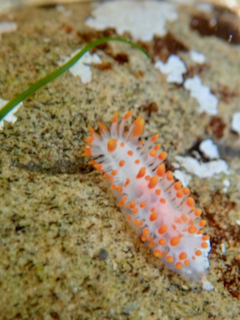
L. mcdonaldi has been photographed in southern California on unidentified anascan-grade of
encrusting cheilostome bryozoans,
which suggests that its diet could be like its more northern counterpart, L. cockerelli. The latter species uses its radula to scrape the zooids out of the only
prey it is reported to eat, the orange or brown encrusting bryozoan, Hincksina velata (Flustridae).
|
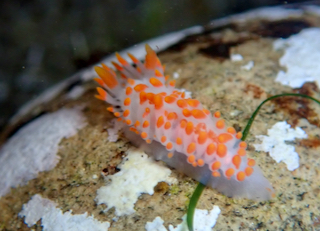
As of the original 2017 description, nothing is yet known about
the reproduction of L. mcdonaldi and I have not yet found any updates with some web searching.
I did find an image (Source 4) of L. mcdonaldi next to egg masses that are totally different from those of L. cockerelli (Source 5) but it might
have been a mere coincidence that it was next to this egg mass. -
(4)- 2006 Post by Kevin Lee, as L. cockerelli
(5) Comments to Sea Slug Forum entry for L. cockerelli
| 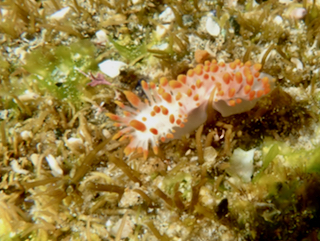
-
| 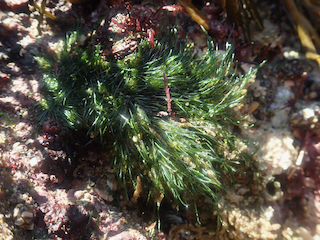
Green alga, Cladophora graminea, identification thanks to Jay Smith.
|
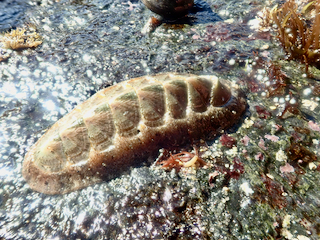
Stenoplax conspicua (conspicuous chiton)
| 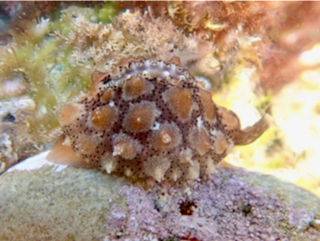
Pusula solandri (Solander's trivia) is a southern species of gastropod in the family,
Triviidae, that occurs south to Peru and the Galapagos Islands. It seems like it is becoming more common in southern California in the most recent decade,
or maybe I am just noticing it more often, but now empty shells of this species seem almost as common as our other sea button species,
Pseudopusula californiana (California trivia). Members of Triviidae feed on ascidians (sea squirts).
| 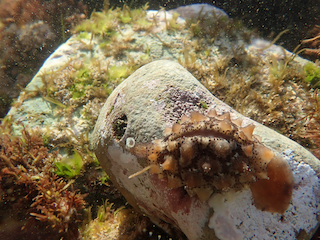
-
|
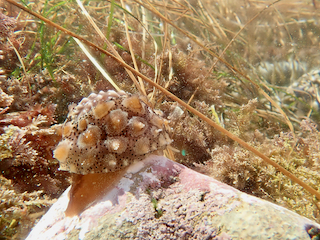
-
| 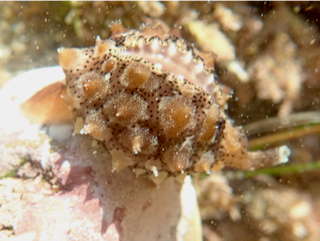
-
| 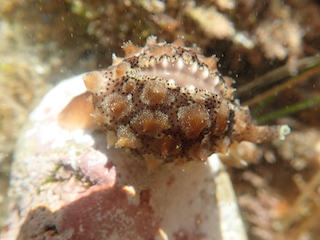
-
|
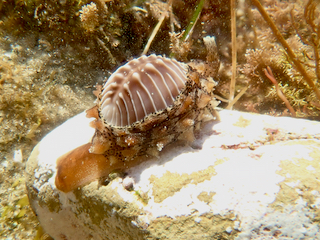
-
| 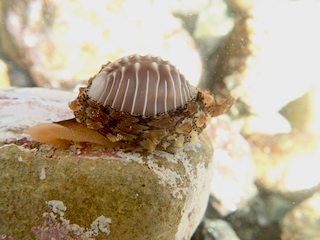
-
| 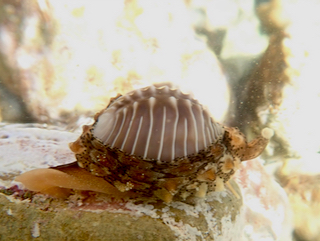
-
|
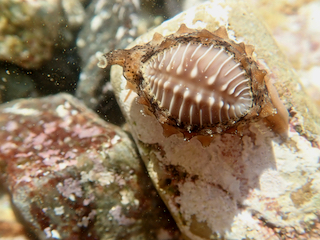
-
| 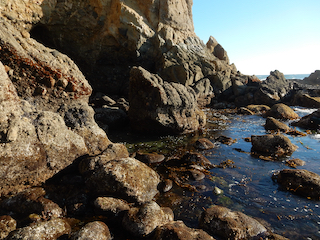
-
| 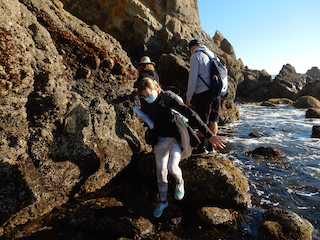
-
|
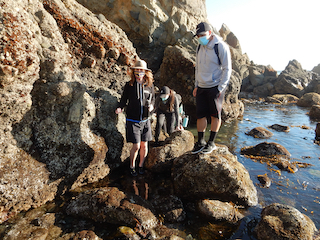
-
| 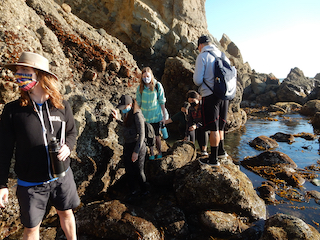
-
| 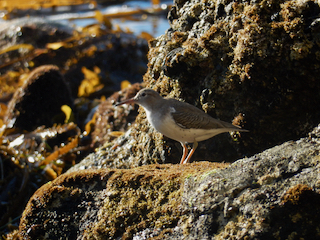
Identification kindly provided by legendary CSUF Professor Emeritus Joel Weintraub:
"Here's a bird that is still showing some of it's breeding plumage. The 'teeter-tooter' bird as it's affectionately called, still shows some
spots on its flanks. That's what it's named for... Spotted Sandpiper." (in litt., February 19, 2022 to DJE)
|
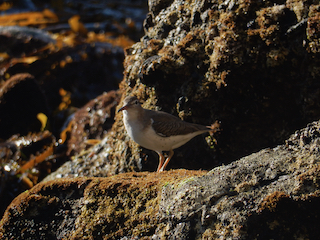
-
| 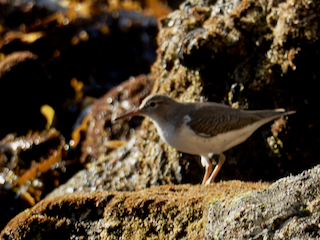
-
| 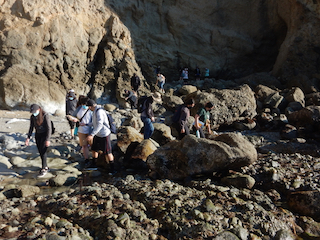
-
|
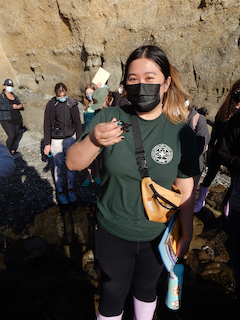
-
| 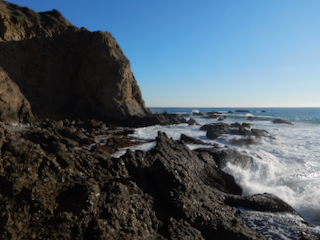
-
| 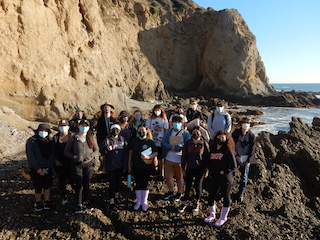
-
|
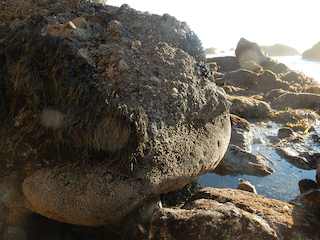
-
| 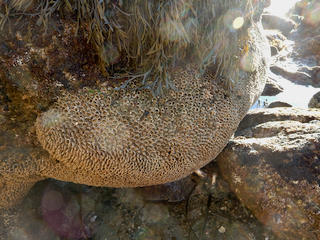
The sabellarid polychaete, Phragmatopoma californica (sand-castle or honeycomb
tubeworm), can be common in surge channels in the low to mid intertidal. It is sometimes assumed to be clonal but is instead formed by larvae that
are attracted to settle to others of their species, resulting in an aggregation not a colony.
| 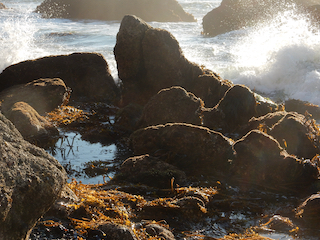
-
|
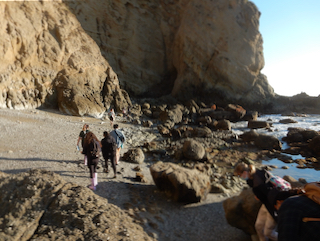
-
| 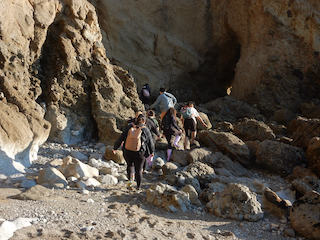
-
| 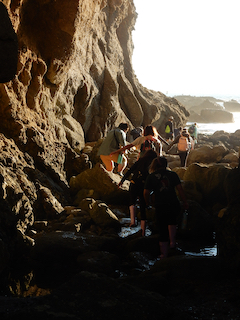
-
|
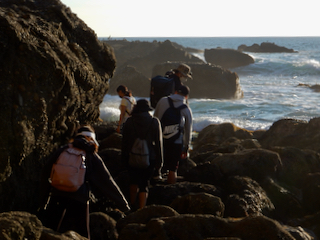
-
| 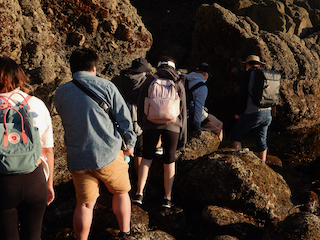
-
| 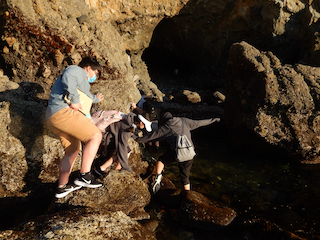
-
|
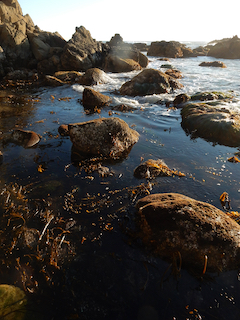
-
| 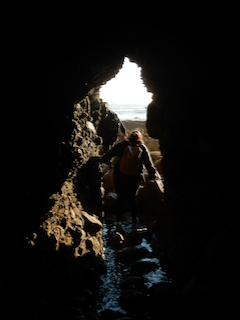
-
| 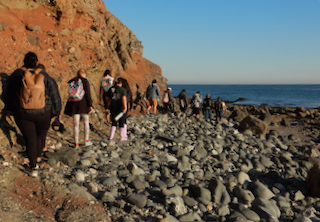
-
|
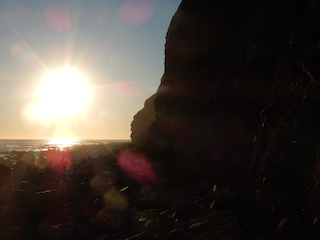
-
| 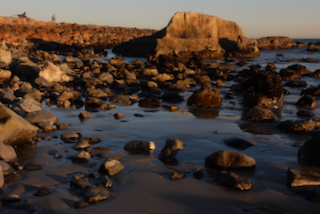
-
|
 Under Construction!
Under Construction! Under Construction!
Under Construction!